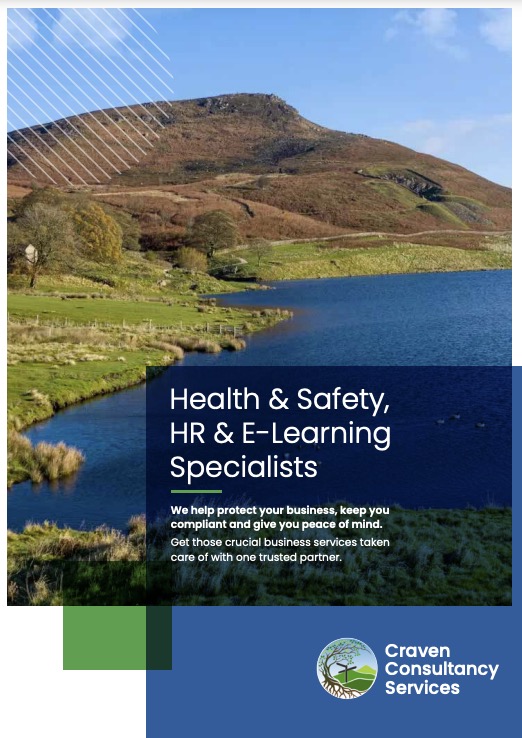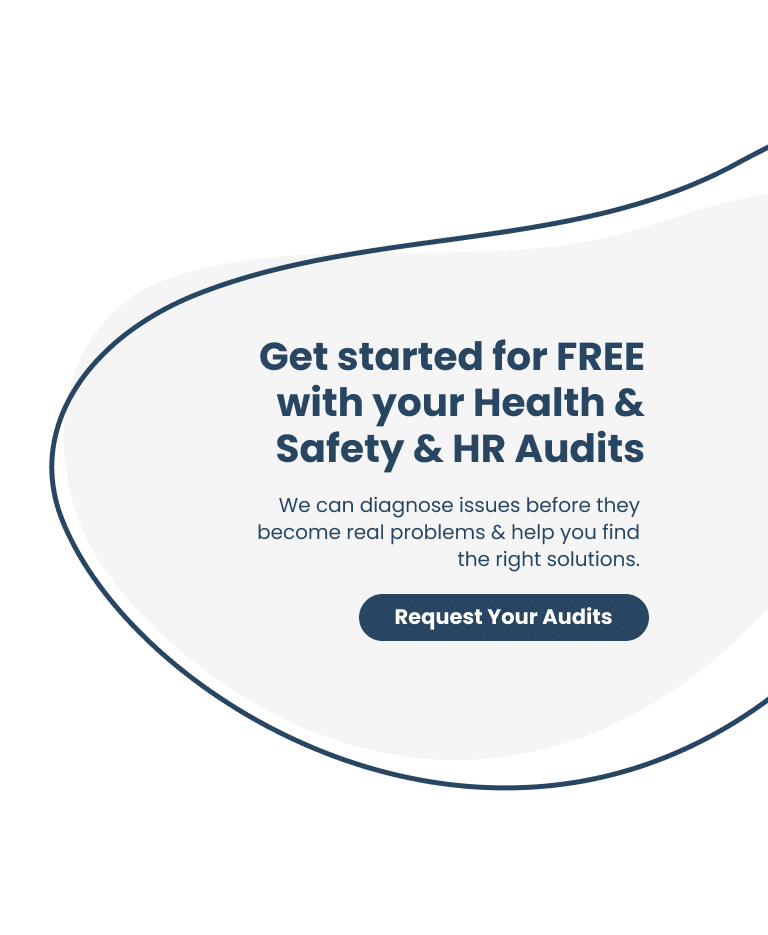Analysis by IOSH magazine found that poor mental health may have been a contributory factor in some of the 60,645 work-related injuries collated under the Reporting of Injuries, Diseases and Dangerous Occurrences Regulations 2013 (RIDDOR), and included in the HSE’s summary statistics for Great Britain 2023.
- About Us
- Our Services
Not sure where to start? Our combo foundation is perfect for SME’S
H&S ServicesWorkplace WellbeingHR Services - Our Software
- Training
E-Learning
- Brochure
Our brochures are a one-stop-shop for all your HR, Health & Safety and Training needs.
Want to talk to us? Get in touch!
- Contact Us













